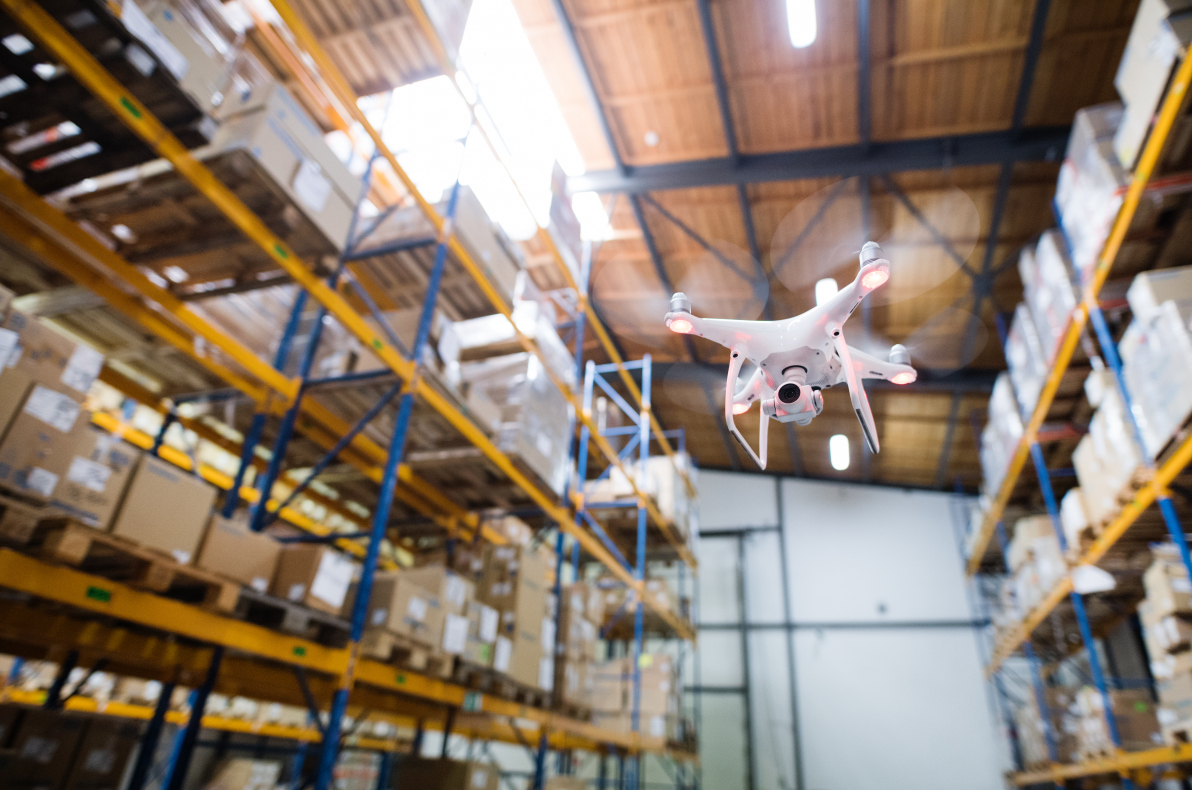Quick Take: Drones, the Next Competitive Advantage

With State Farm receiving the first waiver for out-of-sight drone use from the Federal Aviation Administration (FAA) following Hurricane Florence, it’s clear that drones will be at the forefront of disaster response going forward.1 Restoration professionals engaged in debris removal and clean up after disasters will have a greater advantage if they operate drones. Chris Baker, Ph.D. candidate at Purdue University, says drones can provide restoration professionals with greater situational awareness by assessing the damage sustained by building roofs, windows, exterior cladding and more. This level of awareness can improve not only work estimates and scheduling but also ensure the work is more precise and efficient.
Baker leads a research project on how drones equipped with remote sensing technology, like thermal imaging and RGB low-light cameras, can be used to inspect bridges in limited visibility conditions (e.g., fog, smoke and at dusk). Through his research, he has discovered that thermal imaging can show restoration professionals within minutes the extent of water damage to roofs and other structures. These inspections also can be completed where there is low visibility, which reduces the time to complete assessments and can maximize the resources a company has to assess a large area.
Position the Company for Drone Use
To adequately prepare for drone use, companies need to familiarize themselves with FAA regulation part 107 and have a strategy in place to guide how the technology will be used. Baker’s tips include:
1. Establish an operational framework.
2. Explore different remote sensing technologies’ capabilities and limitations.
3. Seek out best practices from other industries (e.g., construction) to guide drone use.
One of the biggest considerations for restoration firms, he says, will be cost, and he cautions against over-buying when selecting remote sensing technologies. Don’t invest in expensive thermal image cameras when a less expensive model provides the level of information needed, Baker advises.
He says getting up to speed on drone use now can prepare restoration firms for the future when drones are semi-autonomous and employ artificial intelligence. Baker adds that he sees a future in which drones will conduct assessments independently, which will, in turn, increase productivity for these firms. No longer will restoration professionals have to place themselves in harm’s way to conduct inspections and generate estimates. In the future, drones can lead to improved site safety, better logistics and detailed three-dimensional models of projects during various phases of the construction and remodeling process.
References
